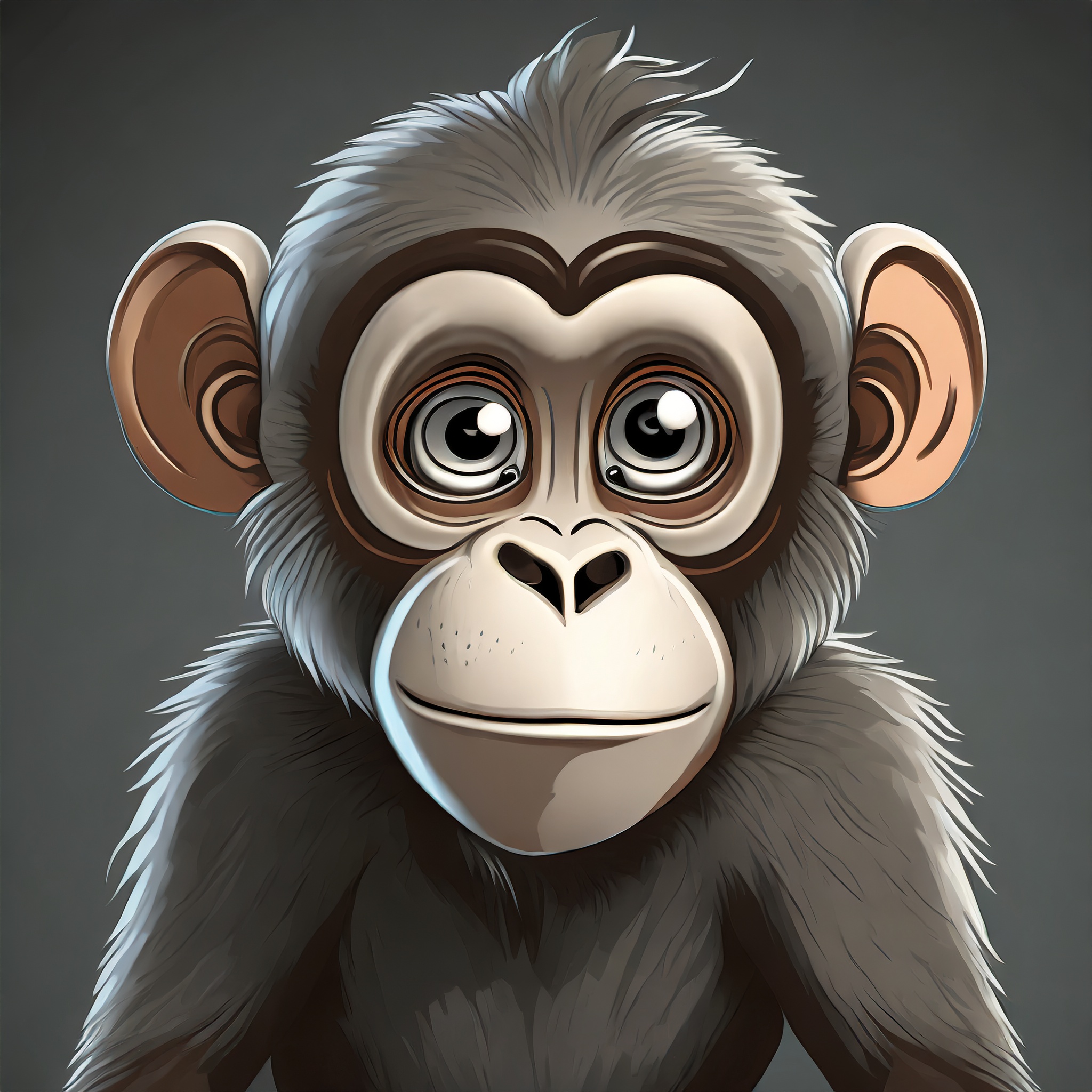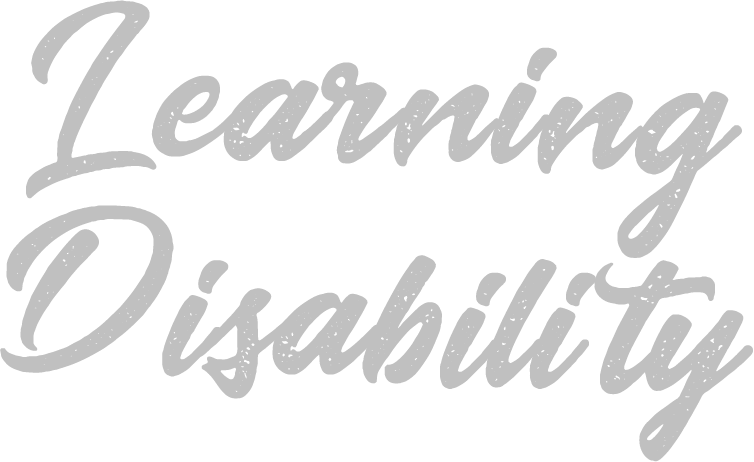
Learning Disability

Federal law states that a learning disability (LD) is a permanent neurological disorder that may be subtle to severe. It limits the brain’s ability to store, process, and produce information and affects a person’s ability to speak, listen, read, write, or do math. A child with a learning disability has average to above average intelligence, but he or she falls below his or her academic potential to a significant degree. The current estimates indicate that children with learning disabilities make up 15 percent of the school-age population.
Treatment:
Learning disabilities are treated educationally, preferably with early intervention. An educational specialist can teach effective learning strategies to help a child overcome his or her learning problems. In addition to ensuring that schools provide diagnostic testing, federal laws require that remedial services be provided to all children who qualify for them. Private tutoring may also be beneficial to maximize progress. Repeating a grade is typically not recommended and may be associated with poor long term outcomes.
Children and their families may benefit from psychological counseling. Understanding and emotional support are needed for children with learning disabilities so they can feel good about themselves. It is also essential to provide opportunities for success in areas where the child may shine. Finally, children with learning disabilities sometimes have problems with peer relationships and may benefit from counseling to help improve their social skills.
Learning disabilities are not treated medically; however, children with learning disabilities who are also diagnosed with a co-existing disorder such as attention deficit hyperactivity disorder (ADHD) may benefit from medication. Physicians should follow the academic progress of their patients as part of their overall medical management.
Monkey:
Symbolically the Monkey represents curiosity, resourceful, and smart. The monkey has a high IQ and creative ways to solve the problem. When struggling with how you learn in the world the monkey will swing into action with you. It will work with you to show others how to unlock a new way to learn
1. Diversity of Species: Monkeys are a diverse group of primates, with over 260 different species belonging to two main categories: New World monkeys (found in the Americas) and Old World monkeys (found in Africa and Asia).
2. Social Creatures: Monkeys are highly social animals and often live in groups called troops. These troops can vary in size, ranging from a few individuals to large groups of several hundred members.
3. Communication: Monkeys use a variety of vocalizations, facial expressions, and body language to communicate with each other. Different species have distinct calls and gestures that serve various purposes, such as warning of danger or establishing dominance.
4. Opposable Thumbs: Most monkeys have opposable thumbs, which means their thumbs can move independently and touch the tips of their fingers. This trait is particularly well-developed in primates and aids them in grasping and manipulating objects.
5. Tool Use: Some monkey species, especially those in the Old World, are known for using tools. For example, capuchin monkeys have been observed using rocks to crack open nuts, demonstrating a level of problem-solving ability.
6. Dietary Habits: Monkeys have varied diets that include fruits, leaves, insects, and sometimes small animals. Their specific dietary preferences depend on factors such as their habitat, species, and seasonal availability of food.
7. Intelligence: Monkeys exhibit a high level of intelligence and are capable of learning from experience. Some species have been observed using problem-solving skills, tool use, and even showing signs of self-awareness.
8. Parental Care: Monkey mothers are generally dedicated to their offspring, providing care, protection, and teaching them essential skills. Young monkeys often learn by observing and imitating the behavior of adults within their social group.
9. Adaptability: Monkeys inhabit a wide range of environments, from tropical rainforests to savannas and mountainous regions. This adaptability has allowed them to thrive in diverse ecosystems around the world.
10. Threats and Conservation: Like many other species, monkeys face various threats, including habitat loss, hunting, and the illegal pet trade. Conservation efforts are crucial to protect these primates and ensure their survival in the wild. Conservation initiatives focus on preserving their natural habitats, combating illegal trade, and raising awareness about the importance of these animals in ecosystems.
Dr. Samuel Kirk: Pioneering the Understanding and Support for Learning Disabilities
Introduction
Dr. Samuel Kirk, a luminary in the field of education, made remarkable contributions to our understanding of learning disabilities and transformed the way we approach and support individuals facing these challenges. Born on March 28, 1904, in Jefferson, Iowa, Dr. Kirk’s legacy is deeply rooted in his passion for education and his tireless efforts to create a more inclusive learning environment for all.
Early Life and Education
Samuel Kirk’s journey began in a small town, but his vision was boundless. He graduated from the University of Nebraska in 1928 and later earned his doctorate in psychology from Peabody College, now known as the Peabody College of Education at Vanderbilt University. This solid academic foundation provided him with the tools and knowledge to embark on a groundbreaking career in education.
Defining Learning Disabilities
Dr. Kirk’s most significant contribution lies in his pioneering work on learning disabilities. In the 1930s and 1940s, he challenged prevailing notions of intelligence and recognized that many children who struggled in traditional educational settings were not inherently unintelligent. He coined the term “learning disability” in 1963, a term that has since become pivotal in understanding and addressing these challenges.
The Multidisciplinary Approach
Dr. Kirk advocated for a holistic and multidisciplinary approach to understanding and addressing learning disabilities. He emphasized the importance of collaboration between educators, psychologists, and medical professionals. This approach paved the way for a more comprehensive understanding of the diverse factors that contribute to learning difficulties.
The Impact on Education
Dr. Kirk’s work had a profound influence on educational policies and practices. He championed the idea of individualized education plans (IEPs) tailored to the unique needs of students with learning disabilities. This shift in approach transformed the educational landscape, ensuring that students received the specialized support and accommodations they required to thrive.
Advocacy and Recognition
Beyond his academic contributions, Dr. Kirk was a passionate advocate for individuals with learning disabilities. He played a key role in the establishment of organizations like the Council for Learning Disabilities, which continues to be a leading force in the field. His efforts helped raise awareness and promote policies that prioritize inclusivity in education.
Legacy and Continued Influence
Dr. Samuel Kirk’s impact on the field of learning disabilities continues to reverberate through education systems worldwide. His work laid the foundation for modern special education practices and the recognition of the unique strengths and challenges faced by individuals with learning disabilities.
Conclusion
Dr. Samuel Kirk’s life was a testament to the power of vision and dedication in shaping the future of education. His pioneering work in understanding and supporting individuals with learning disabilities revolutionized the way we approach education. Today, his legacy lives on through the countless individuals whose lives have been touched by the inclusive educational practices he championed. Dr. Kirk’s contributions serve as an enduring reminder of the potential within each individual, regardless of their learning style or pace, and the importance of a compassionate and inclusive educational system.
Character Information:
- Name:
- Sam the Monkey
- Birthday:
- September 1
- Place Of Birth:
- USA
- Stuffed Animal:
- Eagle
- Favorites:
- Color: Silver
Food: PBJ with Banana Sandwich
School Subject: Biology
Wants to be when they grow up: Doctor
- Things they like to collect and do:
- - Bowling
- Learning about the body
- Designing computer games
- Collects old medical tools
